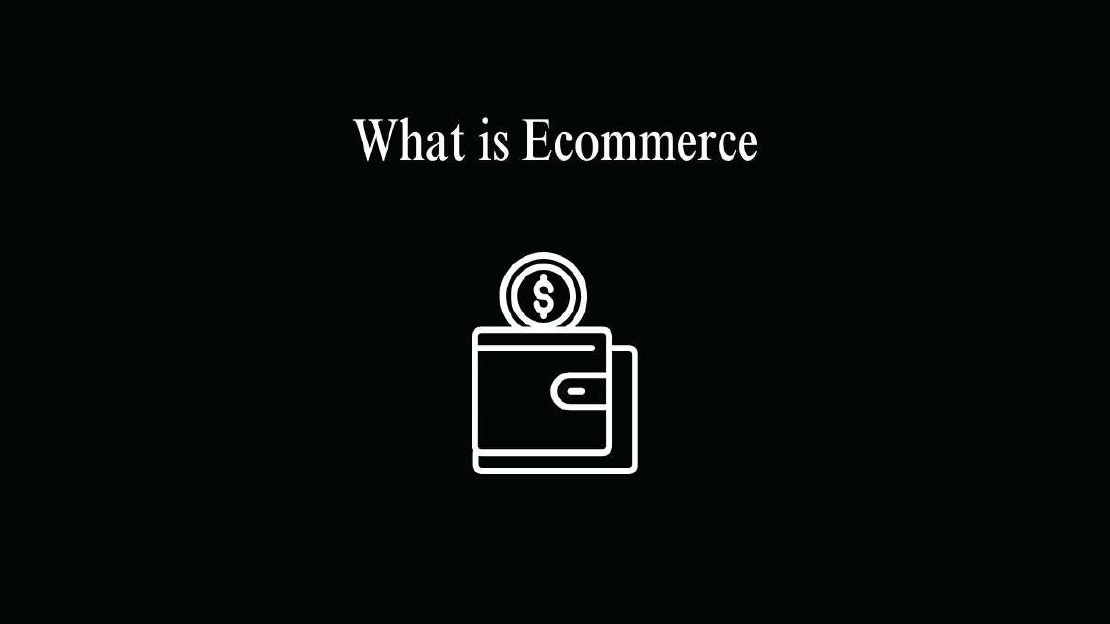What is Ecommerce
In recent years, e-commerce has witnessed exponential growth, revolutionizing the way people conduct business transactions. From small-scale entrepreneurs to multinational corporations, e-commerce has become an integral part of modern commerce, reshaping consumer behavior and market dynamics.
What is E-commerce
Well, what is the definition of e-commerce? Online commerce or e-commerce short for electronic commerce, refers to the buying and selling of goods and services over the internet. This modern business model has transformed the way consumers and businesses interact, offering unprecedented convenience and accessibility.
Types of E-commerce
Online commerce encompasses a variety of models, each catering to different business needs and customer interactions. Understanding each type of e-commerce is crucial to ensuring the success of your online business. Below are the primary types of e-commerce and their unique characteristics:
- Business to Consumer (B2C): This is the most common type of e-commerce, where businesses sell products or services directly to consumers. Examples include online retailers like Amazon and Walmart.
- Business to Business (B2B): In B2B e-commerce, transactions occur between businesses. This includes manufacturers selling to wholesalers or wholesalers selling to retailers.
- Consumer to Consumer (C2C): C2C e-commerce involves transactions between consumers, often facilitated by third-party platforms like eBay or Craigslist.
- Consumer to Business (C2B): C2B e-commerce is less common but growing, where individuals sell products or services to businesses. Freelance platforms like Upwork exemplify this model.
How Does E-commerce Work?
To understand how does e-commerce work, it’s helpful to look at the core processes involved. First, businesses establish an online presence, typically through a website or e-commerce platform. They then list their products or services with detailed descriptions and pricing. Customers browse these listings, add items to a virtual cart, and complete their purchase through secure payment gateways. Once a transaction is processed, businesses fulfill orders by shipping physical products or delivering digital goods. Finally, customer service plays a key role in resolving any post-purchase concerns, ensuring a smooth and satisfactory experience.
E-commerce Channels
Electronic commerce operates across various channels, each tailored to specific business needs and customer preferences:
- Websites: The most common channel, allowing businesses full control over their branding, product display, and customer interaction.
- Marketplaces: Platforms like Amazon, eBay, and Alibaba connect businesses with a broad audience, offering ready-made infrastructure and traffic.
- Social Media: Platforms like Instagram, Facebook, and TikTok enable direct sales through shoppable posts and integrated e-commerce features.
- Mobile Apps: Dedicated apps provide a more personalized and convenient shopping experience for loyal customers.
- Email: An effective channel for driving sales through personalized promotions and product recommendations.
Benefits of Online Stores
When it comes to building Ecommerce stores, there are numerous advantages that have driven their widespread adoption. One of the most significant benefits is convenience, as e-commerce allows consumers to shop 24/7 from the comfort of their homes, eliminating the need for physical store visits. Additionally, e-commerce offers businesses a wider reach, enabling them to tap into a global audience and break geographical barriers. It’s also a cost-effective option, as operating an online store typically incurs lower expenses compared to maintaining a physical storefront, avoiding costs like rent and utilities. Furthermore, advanced algorithms and data analytics empower businesses to deliver personalized shopping experiences through tailored product recommendations, enhancing customer satisfaction and boosting sales.
Challenges of Online Stores
Despite its many benefits, online commerce comes with its own set of challenges. One major concern is security, as online businesses and consumers face risks such as hacking, phishing, and data breaches. Additionally, the low barrier to entry in the online commerce market has led to intense competition, making it difficult for new businesses to stand out. This heightens the importance of strategies like social media monetization to gain visibility. Logistics and shipping also pose significant hurdles, especially for businesses managing global deliveries, as they can be both complex and expensive. Lastly, building and maintaining customer trust is crucial, as the lack of face-to-face interaction in online transactions makes it harder to establish the same level of confidence found in traditional in-store shopping.
Global Impact of Electronic Commerce
The global impact of e-commerce has been profound. Economically, it has lowered barriers to entry for entrepreneurs and small businesses, contributing to job creation and economic growth. It has also bridged geographical gaps, enabling companies to reach international markets and providing consumers with access to a wider range of products. From a sustainability perspective, e-commerce reduces the need for physical storefronts and can lower carbon emissions associated with traditional retail. Furthermore, the demand for seamless online shopping experiences has spurred innovations in logistics, payment systems, and customer service technologies.
Limitless Possibilities of Electronic Commerce
Ecommerce is more than a convenient shopping method; it is a transformative force reshaping the global economy. By leveraging multiple e-commerce channels and understanding the intricacies of how does e-commerce work, businesses can unlock vast opportunities for growth and innovation. As e-commerce continues to expand, its global impact will only grow, driving progress and connecting.
- Furturistic Outlook: The electronic commerce industry is continually evolving, driven by technological advancements and changing consumer preferences.
- Mobile Commerce: The rise of smartphones has led to increased mobile commerce, with consumers making purchases directly from their mobile devices.
- Artificial Intelligence: AI and machine learning are enhancing e-commerce through personalized recommendations, chatbots, and improved customer service.
- Augmented Reality: AR is transforming the online shopping experience by allowing consumers to visualize products in their real environment before purchasing.
In Conclusion
E-commerce is not just a modern retail model—it’s a transformative force reshaping our global economy. Its convenience, expansive reach, and innovative integration of technology have opened new opportunities for businesses and consumers alike, even as challenges such as security and fierce competition persist. Ultimately, online stores continues to drive progress, fostering an evolving landscape where digital storefronts connect the world and redefine commerce.
Recent Posts

- Ecommerce
Most Profitable Online Stores
In this blog post we will analyze the most profitable online stores and factors contributing to their success. From industry giants like Amazon and Alibaba to …

- Ecommerce
Top 5 Ecommerce Websites
In the ever-evolving landscape of online commerce, choosing the right e-commerce platform to build your site is a critical decision. With numerous options …

- Ecommerce
Start an Ecommerce Store
In the rapidly evolving landscape of e-commerce, launching an online store has become a cornerstone of entrepreneurial endeavors. This comprehensive guide …
